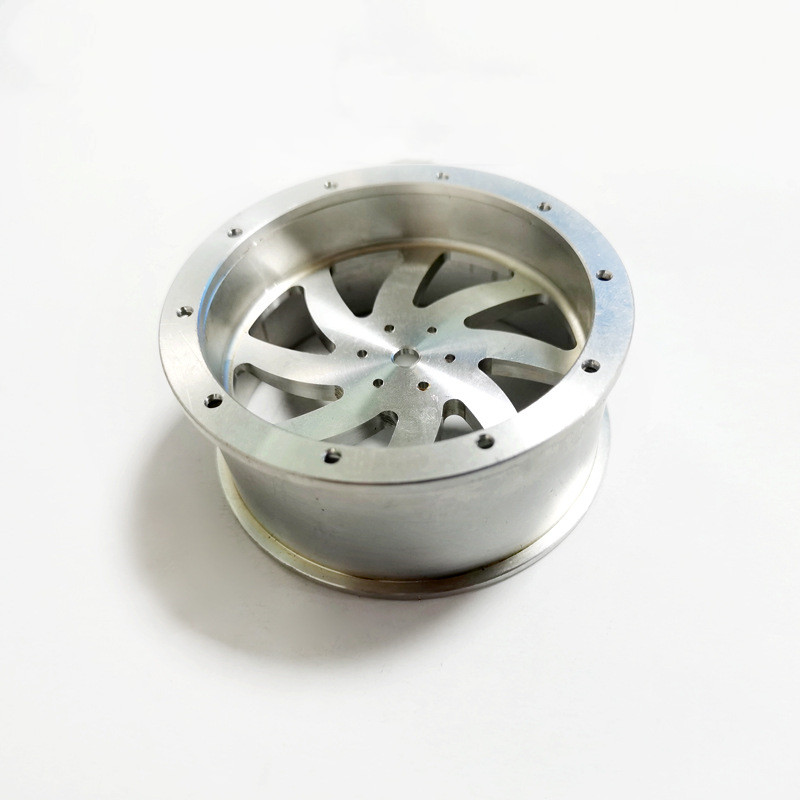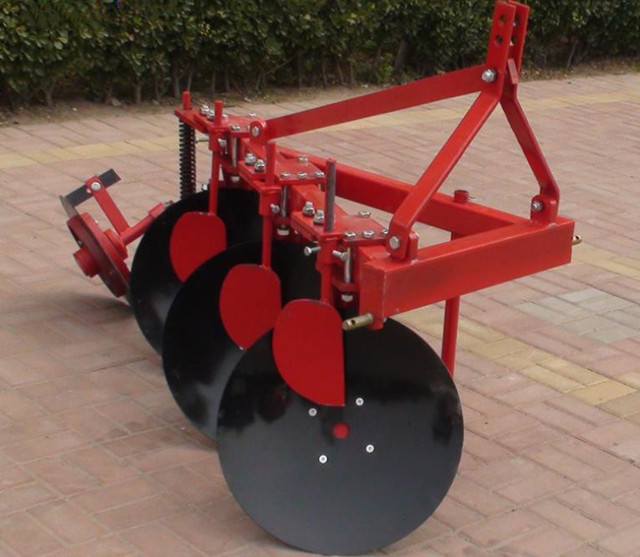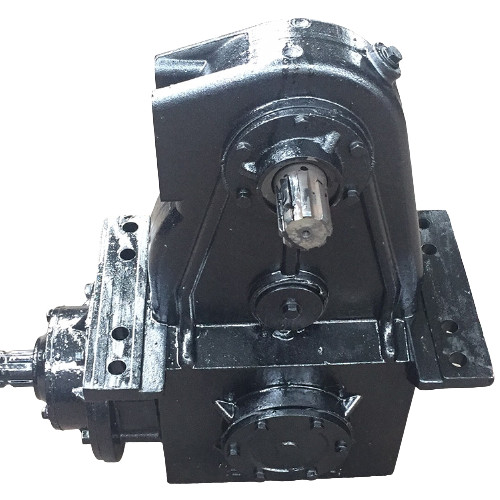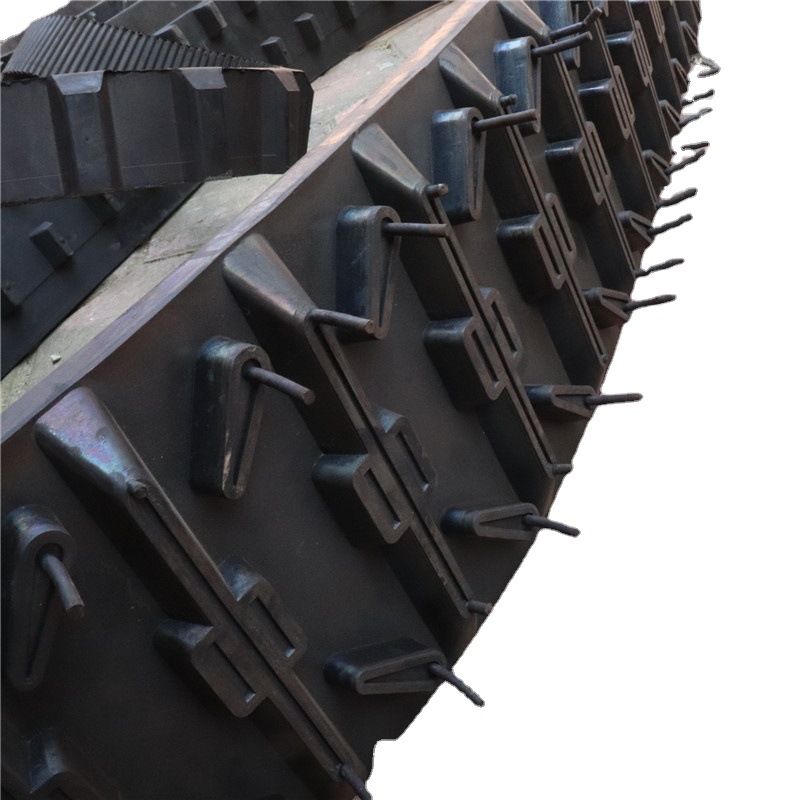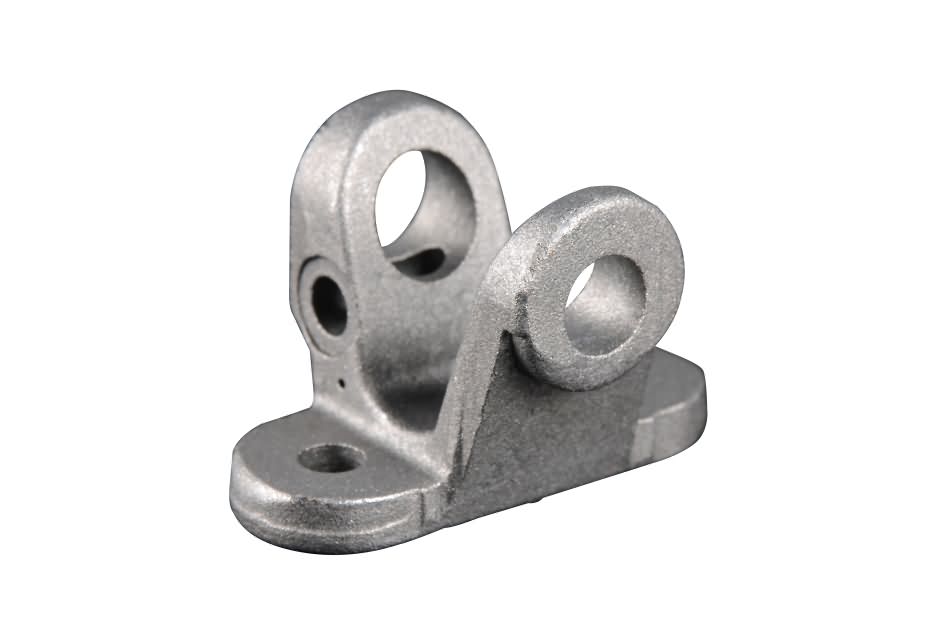In conclusion, casting aluminium radiator thermostat fan motors find widespread usage in the automotive industry, HVAC systems, industrial cooling systems, power generation facilities, electronics, and household appliances. Their ability to control temperature, dissipate heat, and provide reliable performance makes them essential components in various fields where temperature regulation is critical.
Cause of the fault:Casting aluminium radiator thermostat fan motors, like any other mechanical and electrical components, can experience faults or malfunctions. These faults can be caused by various factors. Let's explore some common causes of faults in casting aluminium radiator thermostat fan motors:
Overheating: One of the main causes of faults in these motors is overheating. Overheating can occur due to several reasons, such as inadequate cooling, excessive load on the motor, or a malfunctioning thermostat. When the motor is exposed to prolonged high temperatures, it can lead to damage to the motor windings, insulation, and other components, resulting in a fault.
Electrical issues: Faults in the electrical system can also lead to problems in the motor. Issues such as short circuits, loose connections, or damaged wiring can cause the motor to malfunction. Electrical faults can disrupt the flow of current to the motor, affecting its performance and potentially causing damage.
Mechanical wear and tear: Continuous operation and exposure to vibrations, shocks, and mechanical stresses can lead to wear and tear in the motor's components. Over time, components such as bearings, brushes (in brushed motors), or rotor assemblies can wear out or become damaged, resulting in a fault.
Contamination and debris: The presence of dirt, dust, or other contaminants can affect the motor's performance and cause faults. Contaminants can accumulate on the motor's surfaces or inside its housing, hindering proper airflow and heat dissipation. Additionally, debris or foreign objects can get lodged in the motor, causing mechanical interference and potentially damaging internal components.
Improper maintenance or installation: Lack of proper maintenance or incorrect installation procedures can also contribute to faults in casting aluminium radiator thermostat fan motors. Inadequate lubrication, failure to clean or replace air filters, or improper alignment can all lead to motor issues. Similarly, incorrect installation, such as incorrect wiring or poor mounting, can cause electrical or mechanical faults.
It is important to note that identifying the specific cause of a fault in a casting aluminium radiator thermostat fan motor often requires a thorough inspection and diagnosis by a qualified technician. Regular maintenance, proper installation, and adherence to recommended usage guidelines can help prevent many of these common causes of faults and ensure the reliable performance of these motors.
In conclusion, faults in casting aluminium radiator thermostat fan motors can be caused by factors such as overheating, electrical issues, mechanical wear and tear, contamination and debris, and improper maintenance or installation. Understanding these common causes can help in troubleshooting and preventing motor faults, ensuring their optimal performance and longevity.
5. Troubleshoot the fault Casting Aluminium Radiator Thermostat Fan Motor: A Reliable Solution for Efficient Cooling
Introduction:
The casting aluminium radiator thermostat fan motor is an essential component of modern cooling systems. Designed for efficient heat dissipation, this motor ensures optimal temperature control in various applications. In this article, we will explore the features and benefits of this exceptional product.
High-Quality Construction:
The casting aluminium radiator thermostat fan motor is meticulously crafted using high-quality materials. The body is made of durable and lightweight aluminium, which offers excellent thermal conductivity and corrosion resistance. This ensures a long lifespan and reliable performance in demanding conditions.
Efficient Cooling:
Equipped with advanced technology, this fan motor provides efficient cooling for radiators. The motor's high rotational speed enables rapid heat dissipation, preventing overheating and maintaining the ideal operating temperature of the system. This feature is particularly crucial in automotive applications, where the motor helps regulate the engine's temperature.
Temperature Control:
The thermostat feature of this fan motor adds an additional layer of control to the cooling system. With a built-in temperature sensor, the motor can regulate the fan speed based on the ambient temperature. This ensures that the radiator operates at the optimal temperature range, enhancing system efficiency and prolonging component life.
Versatile Applications:
The casting aluminium radiator thermostat fan motor finds extensive use in various industries. It is commonly employed in automotive cooling systems, industrial machinery, and HVAC systems. Its versatility makes it suitable for a wide range of applications, where efficient cooling is essential for optimal performance and reliability.
Easy Installation:
Designed with ease of installation in mind, this fan motor is user-friendly and convenient to set up. It comes with clear instructions and mounting accessories, allowing for a hassle-free installation process. This saves time and effort, making it an ideal choice for both professional technicians and DIY enthusiasts.
Low Power Consumption:
Energy efficiency is crucial in today's environmentally conscious world. This fan motor boasts a low power consumption, ensuring minimal energy wastage during operation. This not only helps reduce electricity bills but also contributes to a greener future by reducing carbon emissions.
Quiet Operation:
Noise pollution is a concern in many applications, especially in residential and office environments. The casting aluminium radiator thermostat fan motor is designed to operate quietly, ensuring a peaceful and comfortable atmosphere. This feature makes it an excellent choice for applications where silence is essential.
Conclusion:
The casting aluminium radiator thermostat fan motor is a reliable and efficient solution for cooling applications. Its high-quality construction, efficient cooling capabilities, temperature control, versatility, easy installation, low power consumption, and quiet operation make it an excellent choice for various industries. Whether in automotive, industrial, or HVAC systems, this fan motor delivers optimal performance, ensuring efficient heat dissipation and reliable temperature control. With its advanced features, it is a valuable component for any cooling system in need of superior performance and extended lifespan.
6. How to install and use How to Install and Use the Casting Aluminium Radiator Thermostat Fan Motor:
Installing the casting aluminium radiator thermostat fan motor is a relatively straightforward process. Here is a step-by-step guide to help you with the installation:
Before beginning the installation, ensure that the power source is turned off to prevent any accidents or damage.
Start by locating the radiator where you intend to install the fan motor. Ensure that there is enough space around the radiator for the motor to fit properly.
Carefully unpack the fan motor and inspect it for any damage. If you notice any, contact the manufacturer for assistance or a replacement.
Take the mounting accessories that come with the fan motor and identify the appropriate mounting points on the radiator. These mounting points are typically pre-drilled holes or brackets specifically designed for fan motor installation.
Align the fan motor with the mounting points on the radiator. Ensure that the motor is positioned correctly, allowing the fan blades to rotate freely without any obstructions.
Securely attach the fan motor to the radiator using the provided mounting accessories. Double-check that all screws or brackets are tightened properly to prevent any vibrations or loose connections.
Next, locate the temperature sensor on the fan motor. This sensor is responsible for monitoring the ambient temperature and regulating the fan speed accordingly.
Connect the temperature sensor to the appropriate connector on the radiator or cooling system. Follow the manufacturer's instructions to ensure a proper and secure connection.
Once the fan motor is securely installed and the temperature sensor is connected, you can proceed to connect the power supply. Follow the wiring diagram provided by the manufacturer to ensure the correct connections.
After the wiring is complete, double-check all connections to ensure they are secure and properly insulated. This step is crucial for safety and to prevent any electrical issues.
Finally, turn on the power supply and test the fan motor. Verify that the fan blades are rotating smoothly and that the thermostat is functioning correctly by observing changes in fan speed based on the ambient temperature.
Using the casting aluminium radiator thermostat fan motor is simple and requires minimal user intervention. Once installed, the motor will automatically regulate the fan speed based on the ambient temperature, ensuring optimal cooling efficiency.
It is essential to regularly inspect and clean the fan motor to maintain its performance. Check for any dust or debris accumulation on the fan blades and clean them if necessary. Additionally, keep an eye on the temperature sensor to ensure it is functioning correctly.
In conclusion, by following these installation and usage instructions, you can successfully install and use the casting aluminium radiator thermostat fan motor for efficient cooling in various applications.

